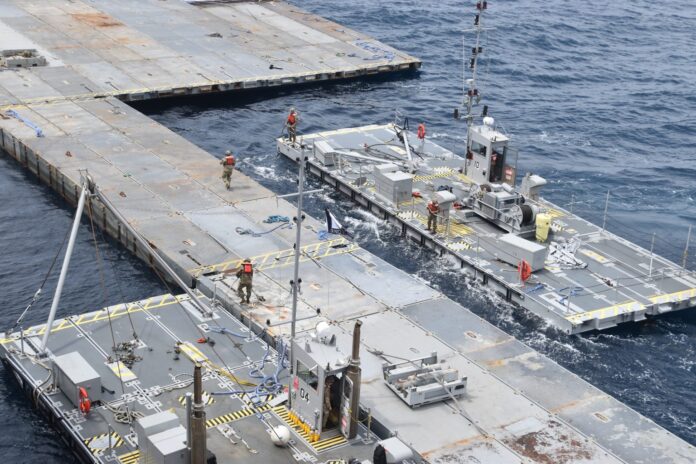By Erik Davis*
Last month the United States disassembled and removed the floating pier it had assembled at a Gaza beach to take aid deliveries. No doubt the Chinese military was paying attention.
Heavy seas beat it. Such a pier supposedly can be assembled in hours, but this one took almost a month. When it was operational, waves damaged it, and it repeatedly had to be pulled away from the beach to prevent its destruction. Once it had to be towed to a port for repairs. Waves drove ashore boats that serviced it. (Australian Strategic Policy Institute. The Strategist.)

